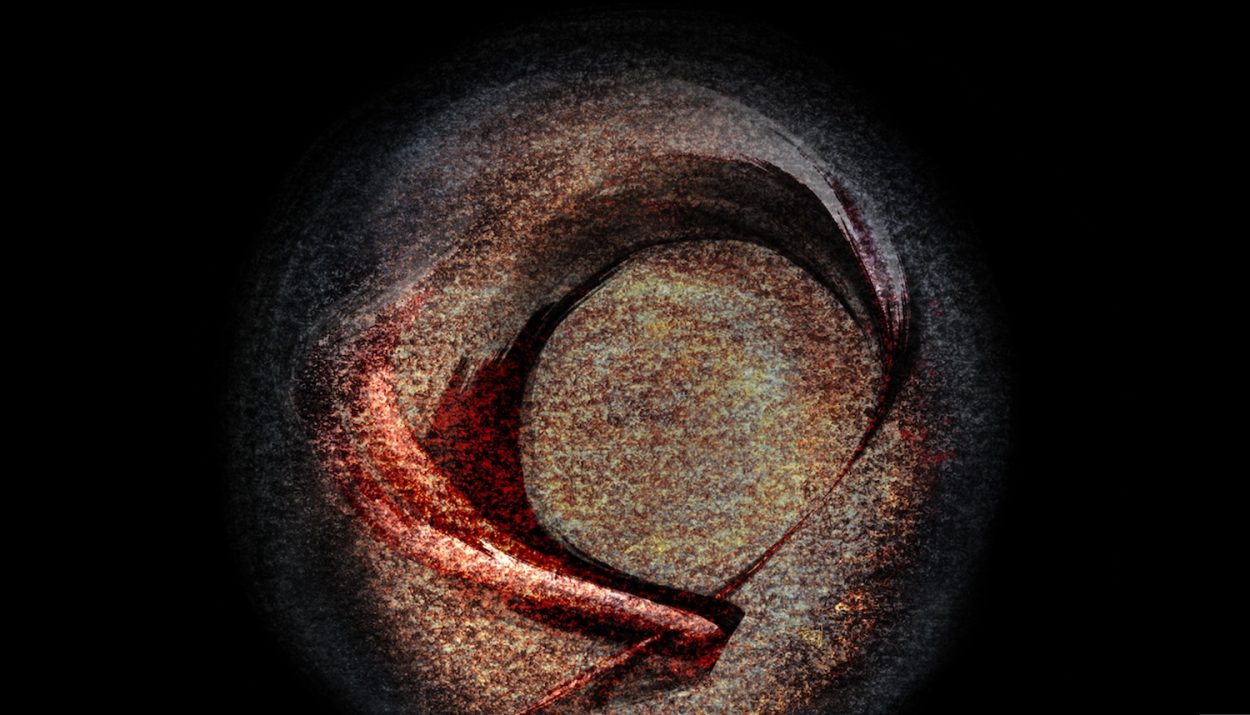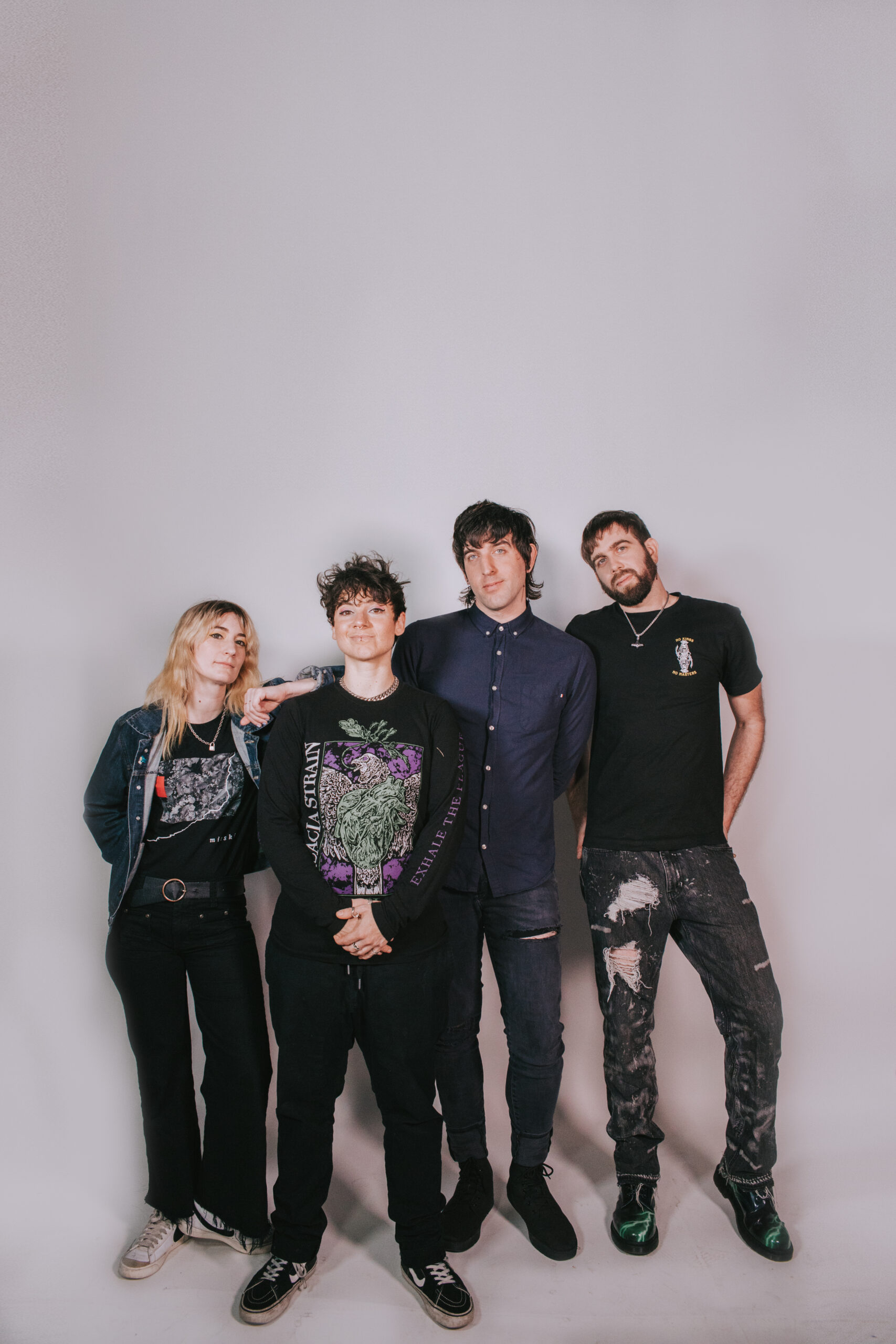Let’s pause and take a deep breath, because what we’re about to experience is a cinematic trance woven with emotion, electronics, and exceptional musicianship. Hailing from Christchurch, New Zealand, Darren Pickering is no ordinary pianist. He’s a composer, educator, modular synthesist, and a versatile session musician who has spent decades coloring the musical palettes of artists across continents—from the free jazz scapes of William Parker (USA) to the haunting intimacy of New Zealand’s own Whirimako Black and the orchestral sweep of the Christchurch Symphony Orchestra.
With Darren Pickering Small Worlds, he brings his deepest artistic impulses to the forefront. This quartet—crafted specifically to navigate the contours of his sonic imagination—combines through-composed structures, lush improvisation, and modular synth atmospheres. Think modern jazz with storybook melodies, intimate yet expansive; an ensemble that speaks as one, yet lets each member breathe. After the acclaim of Volume One (2022) and Volume Two (2023), their release, Three, offers a new terrain of sound—lyrical, grounded, and adventurous. Let’s step inside each track.
“Green Blinking Light,” the opener, acts as a gentle ignition. Warm Rhodes-like textures simmer beneath delicate piano motifs. Darren’s playing here is impressionistic, like Bill Evans gazing at a digital sunset. The modular synths whisper like distant traffic or passing thoughts, evoking the title’s image: the slow pulse of a quiet machine in the dark. It’s a song about patience, anticipation, and gentle illumination.
“What If” is the album’s heart-on-sleeve moment—a wistful track that invites daydreaming. Anchored in a melancholic theme, the piece blooms with soulful harmonies and layered dynamics. The improvisation is conversational and subtle, and you can feel the band listening just as much as playing. “What If” touches on themes of longing and curiosity, without losing its composure.
“Tauhou Waltz” is a standout. Based on the New Zealand silvereye bird (tauhou), this waltz flutters gracefully between minor and major tonalities. The rhythm section locks in with tender confidence, while Darren’s piano sings birdlike phrases that dance through open air. It feels folkloric and jazz-forward all at once—impressionistic, earthy, and distinctly local.
A modern lullaby wrapped in minimalist phrasing and serene textures. “Soft Life” is about release and acceptance—choosing quietude in a chaotic world. The synths shimmer like heat rising from asphalt. It’s not a flashy performance, but it is a brave one: choosing stillness as an artistic statement.
Named after a Norwegian valley, “Hjartdal” is perhaps the most cinematic track on the album. The harmony evokes Nordic landscapes, cool and contemplative. Darren’s chord voicings feel vast but never cold. The modular elements come alive here—swaying and expanding like breath in cold air. It’s a ballad of stillness and space.
The sixth track, “Randall” is a personal-sounding piece, led by a tender melody and rich harmonic movement. There’s a narrative arc in the arrangement—something unresolved that finds peace by the end. This is where the quartet’s interplay shines: rhythmic sensitivity, harmonic responsiveness, and emotional cohesion.
As the most rhythmically playful track on Three, “Taylor Time” grooves with subtle syncopation and a sly sense of humor. There’s joy here—modern jazz that nods to Herbie Hancock’s experimental era but still keeps its feet on the ground. The modular synths inject quirky sonic details without ever overwhelming the acoustic foundation.
“Folly” is a slow build, constructed like an architectural piece. The modular synths lay a shimmering base, while piano and drums develop motifs with quiet confidence. The track questions and answers itself in real time, walking the line between restraint and exploration. It feels like intellectual emotion—yes, that’s a thing.
The finale, “Push Bliss” pushes us into blissful release. It’s spiritual, wide open, and deeply satisfying. Darren’s playing is at its most expressive here—rising from the calm to soar without ever shouting. The ending fades not into silence, but into continuation: the sound of a journey still unfolding, long after the music ends.
The production on “Three” is clean, intentional, and spacious. Every instrument has room to breathe. The modular synthesizers—rarely heard in jazz to this degree—are used musically rather than atmospherically, adding real counterpoint and depth. The piano sound is warm and rounded, never clinical. The rhythm section (bassist and drummer unlisted here, but crucial) provide elegant, selfless grounding that elevates Darren’s compositions without overtaking them.
Three isn’t just an album; it’s an atmosphere. Darren Pickering Small Worlds don’t chase trends or aim for showmanship—they pursue resonance. Their music lives in the spaces between jazz and ambient, acoustic and synthetic, form and freedom. And they do so with grace, humility, and breathtaking skill. If you’re someone who loves the meditative worlds of Tord Gustavsen, the cinematic jazz of Brian Blade Fellowship, or the exploratory elegance of ECM artists, Three is your new companion.
Listen to the “Three” album on Spotify
Follow Darren Pickering Small Worlds here for more information






